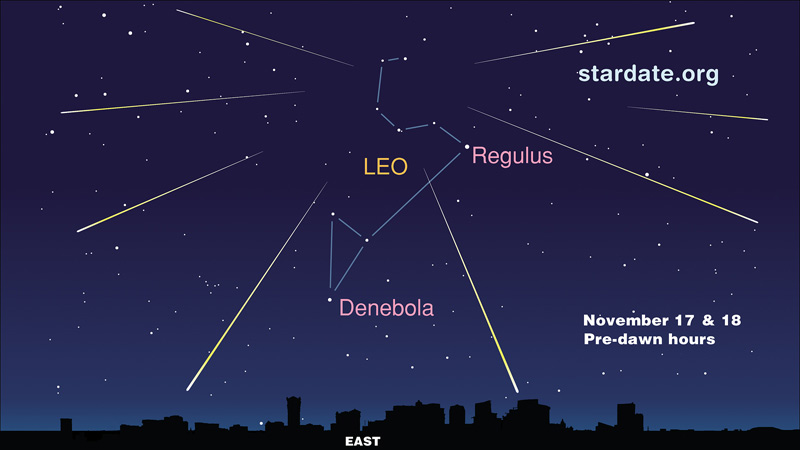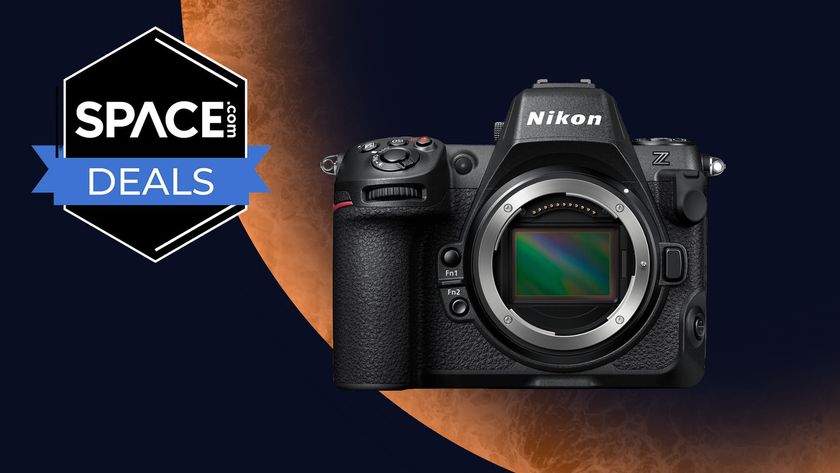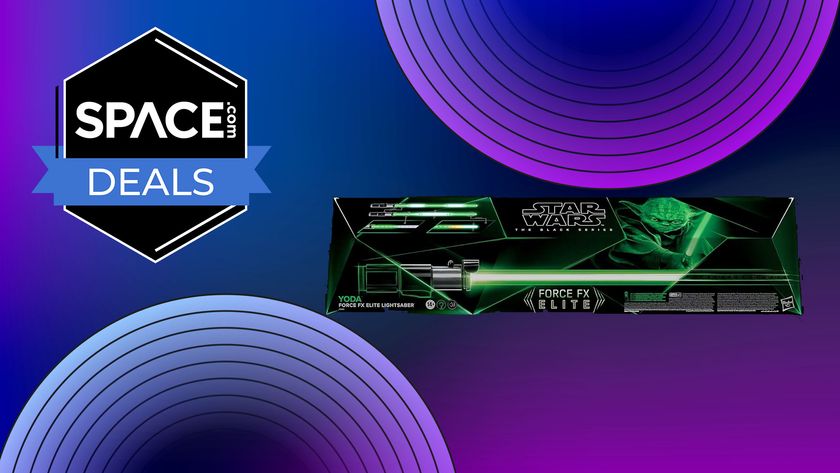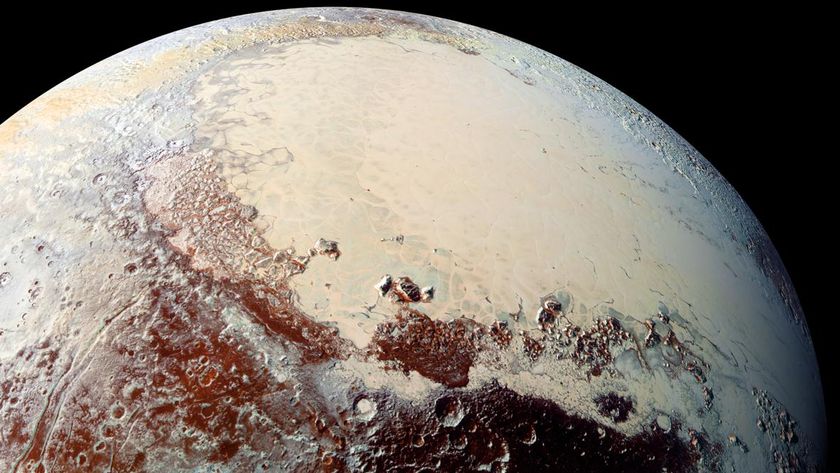Best Time to See the Leonid Meteor Shower Is Now

TheLeonid meteor shower of 2010 is peaking this week and the best time to see thesky show is now.
Theannual Leonids should be at their best through Nov. 18, according toskywatching experts. Avid meteor gazers graced withclear skies may see between 15 and 20 meteors per hour.
Skywatchers should look toward the constellation Leo in theeastern sky to see "shootingstars" from the Leonids, which appear to radiate out of theconstellation. The best time to try to see the Leonids are in the last two orthree hours before sunrise, when the moon has set.
A Leonidssky map posted here shows where to look in the predawn sky.
"Fromthe time of moonset until around 5:15 a.m. ? when the first streaks of dawnbegin to appear in the east ? the sky will be dark and moonless," advisesJoe Rao, SPACE.com skywatching columnist. "That interval will provide youwith your best opportunity to see any Leonid meteors." [Gallery:Spectacular Leonid Meteor Shower Photos]
Another tip: Make sure to stay warm and get comfortable.
"Ifyou have a lawn chair that reclines, use it during your search for Leonidmeteors since it will help keep your neck from getting stiff as well as make iteasier to look at the night sky," Rao said.
Get the Space.com Newsletter
Breaking space news, the latest updates on rocket launches, skywatching events and more!
TheLeonidmeteor shower is an annual event that returns every mid-November. Theshower is caused by material left behind the comet Tempel-Tuttle when it passesnear Earth's orbit during its regular trip through the solar system. [Top 10Leonid Meteor Shower Facts]
Whenthe Earth passes through these knots of comet material, the gas and dust flaresup in the atmosphere, creating spectacular meteors.
Every33 years, the Earth encounters a dense knot of material ? most recently in 2002? to create dazzling displays of shooting stars. During those showers, it canbe possible to see hundreds or thousands of meteorsper hour.
That isn't the case this year because the Earth is passing througha less dense area of Comet Tempel-Tuttle's trail, Rao said.
Still,the Leonids retain a reputation for offering impressive meteor displays.
Butwith fewer meteors expected this year, you may want to travel a bit to find thebest spot. Meteor-gazing from a rooftop in suburbiadoesn't always offer the best view.
"Foryour best view, get away from city lights. Look for state or city parks orother safe, dark sites," advise the editors of StarDate magazine at theMcDonald Observatory in Texas. "Lie on a blanket or reclining chair to geta full-sky view. If you can see all of the stars in the Little Dipper, you havegood dark-adapted vision."
- Top 10 Leonid Meteor Shower Facts
- Images - The Best of Leonid Meteor Shower, 2, 3, 4, 5
- The Leonid Meteor Shower Revealed: Shooting Star Show's Brilliant History
Join our Space Forums to keep talking space on the latest missions, night sky and more! And if you have a news tip, correction or comment, let us know at: community@space.com.

Tariq is the Editor-in-Chief of Space.com and joined the team in 2001, first as an intern and staff writer, and later as an editor. He covers human spaceflight, exploration and space science, as well as skywatching and entertainment. He became Space.com's Managing Editor in 2009 and Editor-in-Chief in 2019. Before joining Space.com, Tariq was a staff reporter for The Los Angeles Times covering education and city beats in La Habra, Fullerton and Huntington Beach. In October 2022, Tariq received the Harry Kolcum Award for excellence in space reporting from the National Space Club Florida Committee. He is also an Eagle Scout (yes, he has the Space Exploration merit badge) and went to Space Camp four times as a kid and a fifth time as an adult. He has journalism degrees from the University of Southern California and New York University. You can find Tariq at Space.com and as the co-host to the This Week In Space podcast with space historian Rod Pyle on the TWiT network. To see his latest project, you can follow Tariq on Twitter @tariqjmalik.
Most Popular





